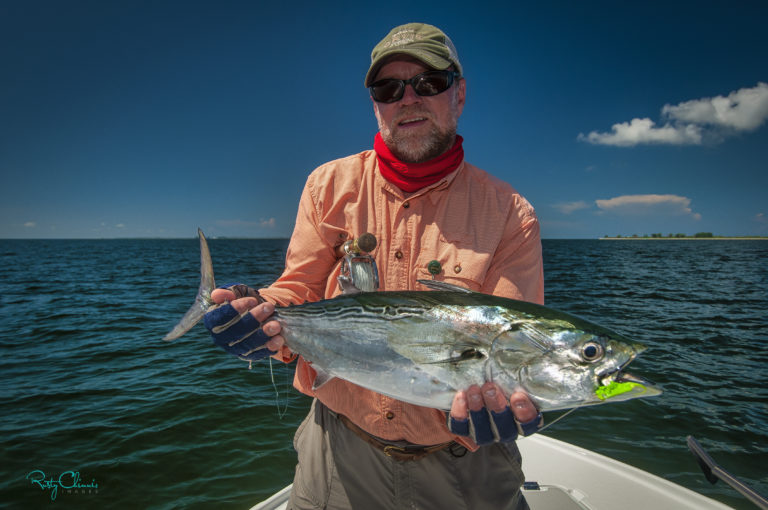Lately, it seems we’re constantly reminded how our experiences growing up molded us into the kind of person we are today. The all-too-frequent heart-wrenching news we’re seeing emphasizes just how important it is to give children positive, optimistic and life-affirming experiences growing up.
Introducing children to fishing, the natural world that supports it and working together with others to accomplish a goal can create the foundations of a healthy and well-adjusted adult if we strive to make fishing as uncomplicated and as much fun as possible. Those experiences on the water leave indelible memories and help impress on them the importance of camaraderie and the natural world, and a desire to protect the natural environment for future generations.
Creating unrealistic expectations can discourage young anglers and be the difference between kindling a passion and an aversion to the sport. The basics of fishing are easy to teach and don’t require expensive equipment. If there’s a cardinal rule to getting kids interested in fishing, it’s to keep them engaged.
Children are naturally curious; they love to play in and on the water and are fascinated by the creatures they find there. Catching fish isn’t their main objective and you shouldn’t make it the focus of an outing. It’s important to plan a trip that includes other activities, such as swimming, wildlife identification and snorkeling as well as fishing.
Being on the water provides an excellent opportunity to teach kids about their environment and about safe boating skills. It’s important to let kids be a part of the adventure, and getting them involved is a great way to interject a lesson in responsibility. Let them drive the boat even if they’re just sitting on your lap while you steer. Introduce them to navigating the Intracoastal Waterway and give them things to be in charge of such as making sure everyone knows where the safety equipment is.
Don’t start children out with cheap fishing rods and reels. Provide them with decent equipment that’s light and manageable. An ultra-light rig with 6-pound-test line is a great way to start. Try and think like a kid when fishing. Children would rather catch a dozen pinfish in a half-hour than wait hours for a chance at a bigger or better fish. Action is paramount; kids are easily bored and distracted.
Consider starting kids fishing with a small popping cork that they can watch for signs of action. If you can start teaching kids that the enjoyment of the adventure isn’t measured by the number or size of fish you catch, you’ll teach them an important lesson that many anglers never learn. If you can make the experience interesting for them, even if they don’t catch anything they are more likely to want to do it again. Kids might be more interested in collecting shells, counting crabs or looking for manatees or dolphins than fishing, so be sensitive to what’s bringing them pleasure.
It’s also important to emphasize safety, doing such things as bending down barbs and making the young people aware of fish with sharp teeth and stingers like catfish and stingrays.
These first experiences on the water are very important and you should consider having a plan in advance in case the fishing isn’t great. The last thing you want to do is bore kids by sitting on a spot too long. Keep your eyes and ears open and you might learn a lesson or two from them.
Rusty Chinnis is the Outdoors columnist of the Anna Maria Island Sun and chairman of Waterkeeper Suncoast, an organization dedicated to the preservation of the coastal environment.



